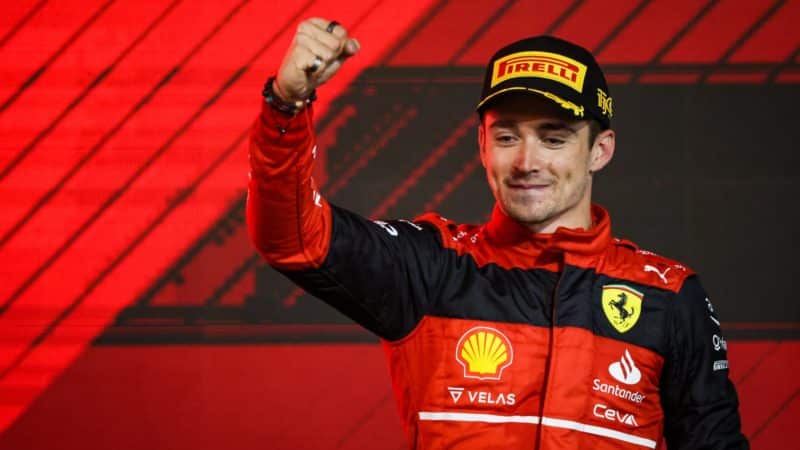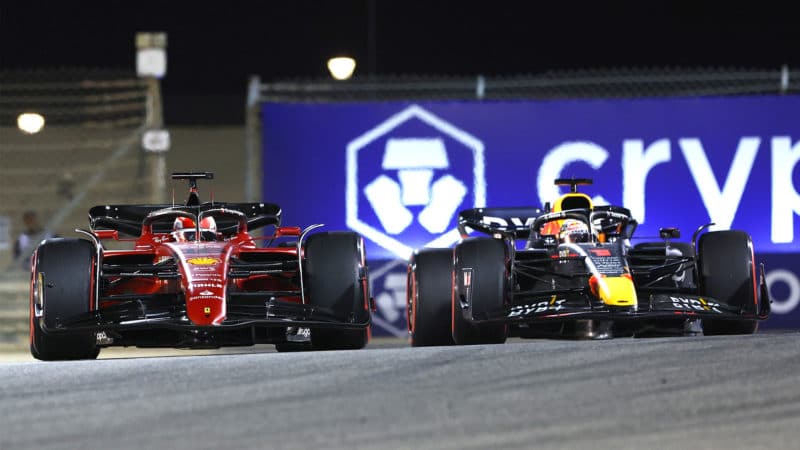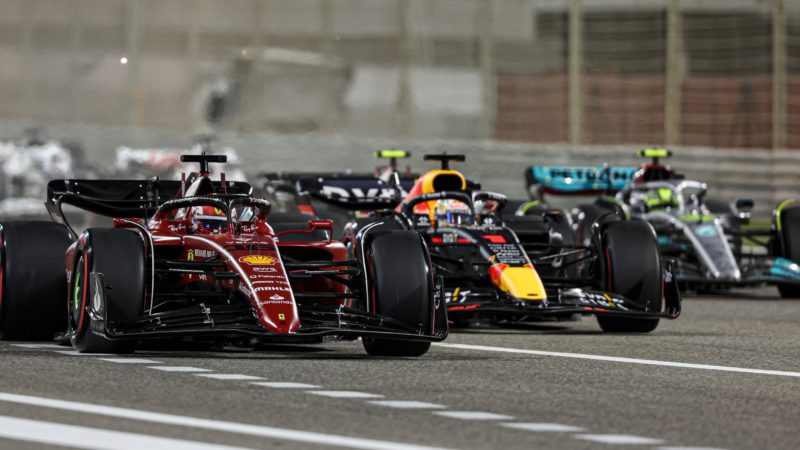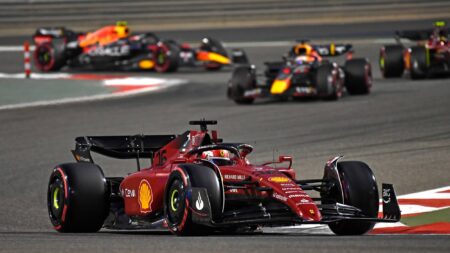It would be premature to judge everything on one race, but there was certainly no shortage of overtaking and close following in Bahrain, and the drivers themselves gave some extremely positive comments about the way the cars behave.
“Following is a lot better, it’s so much better and I think this way of racing is a lot more fun and rewarding,” Kevin Magnussen said. “I don’t know if it’s too easy to overtake. I think you can certainly follow a lot better, but the slipstream effect is a lot less. So if you just go on your own then the DRS effect is bigger than it was last year, but when you’re trying to overtake someone you catch them slower than you did in the past because the slipstream effect is so much less.”
“It is better, in terms of racing,”Valtteri Bottas added. “It’s still not easy maybe in the high-speed corners, as it’s still not easy to follow but on the slow and medium speed corners it feels like it’s easier, so I think it’s a step in the right direction and it makes it more enjoyable.
“But, for example, after the safety car restart, when you don’t have DRS it is like impossible to overtake. We definitively still need the DRS to make the pass, but we enjoyed it.”
Clearly there are aspects of the racing that are different under the new regulations, but things like the DRS become that bit more palatable when they facilitate good racing rather than create an easy pass that can’t really be responded to.

Leclerc has given Ferrari plenty of optimism for the rest of 2022
DPPI
Of course one race in Bahrain doesn’t make a huge success of the new cars, but it was important that the signs were positive so that F1 and the FIA knew they were heading in the right direction with the intense work they had been doing for the latest regulations.
Even if the slipstream effect – or lack of it – actually ends up making overtaking harder, the theory behind the way a car generates downforce and how that can be manipulated to ensure clean air reaches the car behind looks to be proving true, and that provides some really strong foundations to keep improving from.
But perhaps the strongest foundations can be found in the early potential the championship picture has. Again, it’s only one race, and we’ve seen Ferrari be strong at the start of a season before without being able to maintain that form, but Charles Leclerc’s victory will provide huge optimism inside Maranello that this could be the year to end its 15-year drivers’ championship drought.
That there isn’t one dominant team and Red Bull appears to have a car to match is a good start, but when you factor in the overwhelming feeling that Mercedes will eventually iron out its issues then the prospect of a three-way fight for the title is a mouthwatering one.
It could all prove to be a false dawn and one team duly walks away with the championships after proving its car is the most consistent across a variety of circuits, but it just doesn’t feel that way right now.
And regardless, after a winter of looking back at the final race of last year and the controversy it created, an opening round of 2022 that really marked this season out as having all the ingredients to be another classic is exactly what F1 required.



